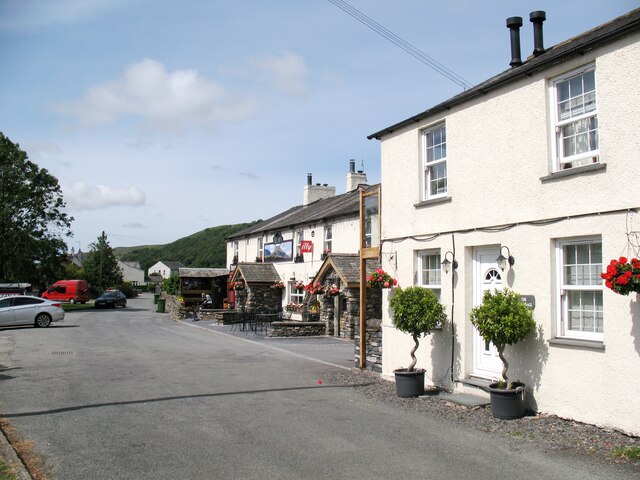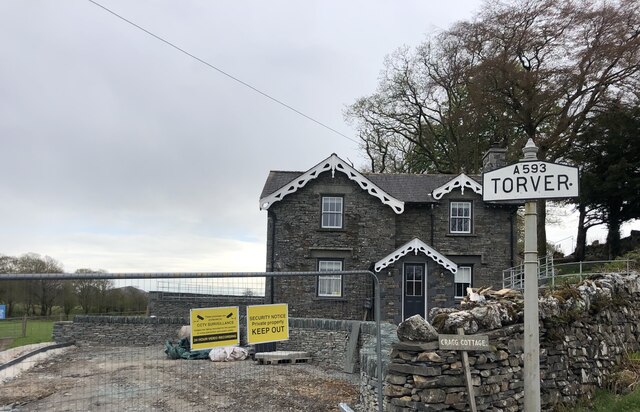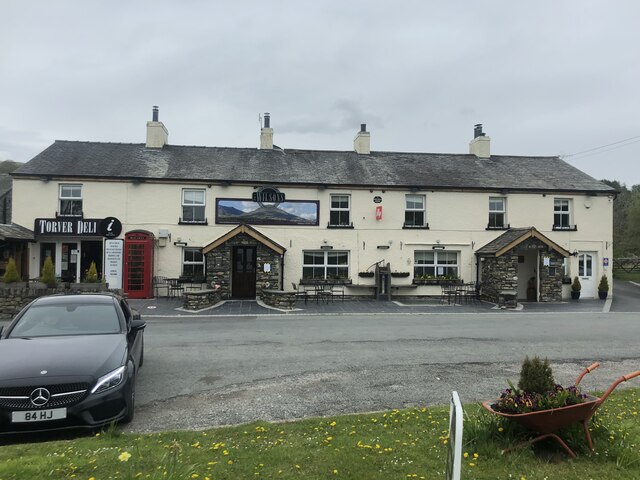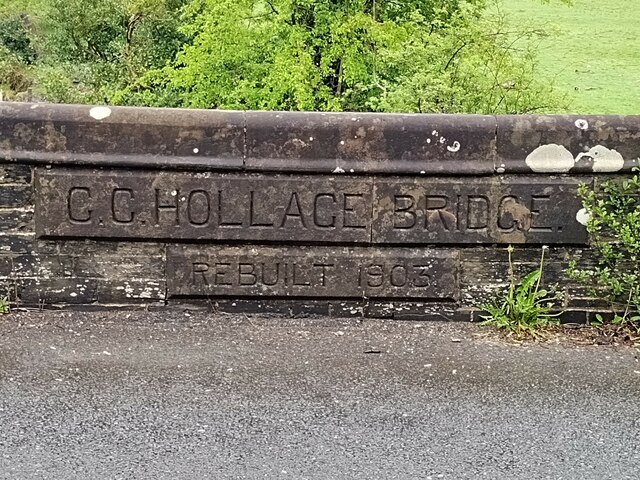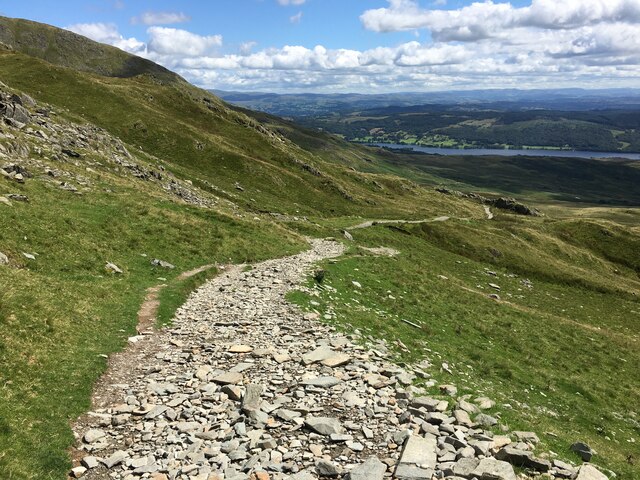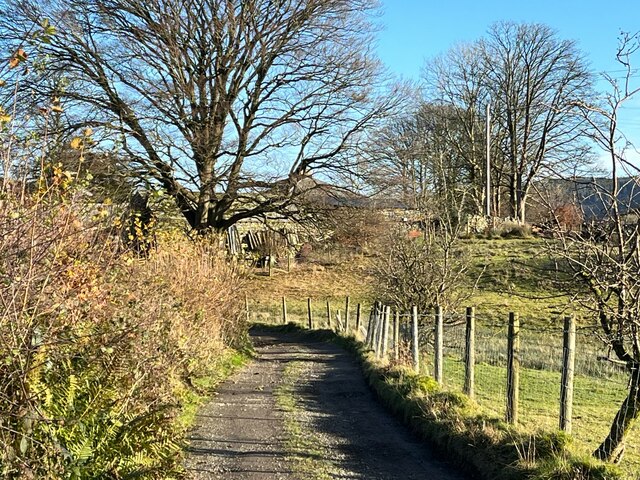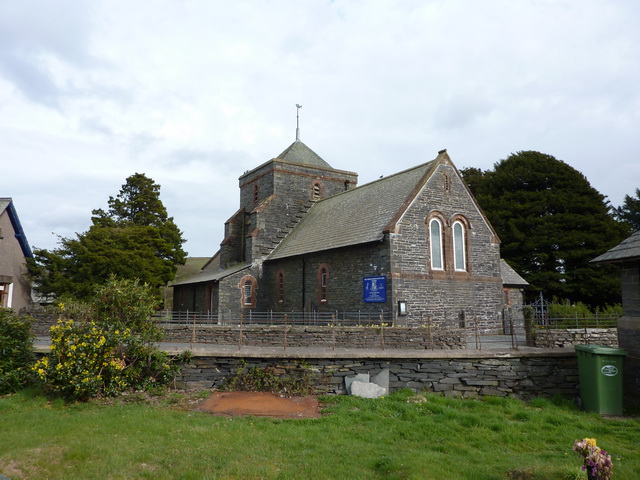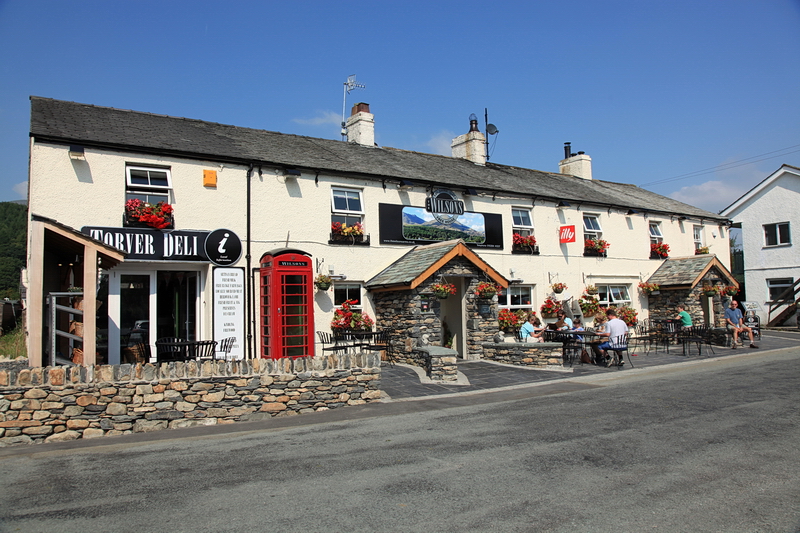Bull Haw Moss
Downs, Moorland in Lancashire South Lakeland
England
Bull Haw Moss
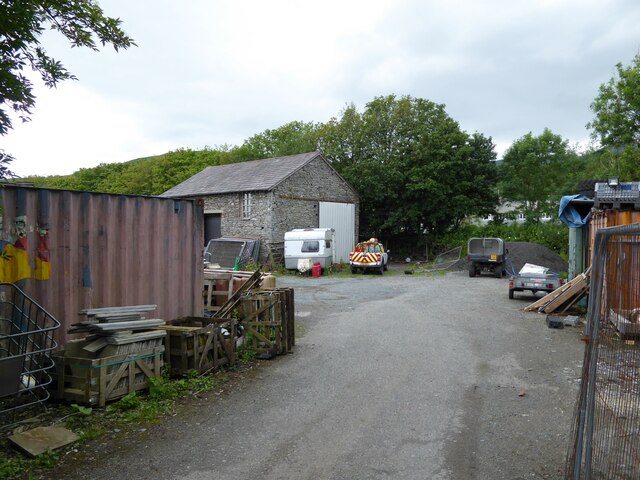
Bull Haw Moss is a picturesque area located in Lancashire, a county in North West England. Situated amidst the beautiful countryside, it is known for its striking landscape, comprising of downs and moorland. The area is a haven for nature enthusiasts and offers a serene retreat away from the bustling city life.
The terrain of Bull Haw Moss is characterized by rolling hills, vast expanses of heather moorland, and pockets of woodland. The diverse flora and fauna found here make it a popular spot for wildlife observation and bird watching. Visitors can expect to spot various species of birds, including curlews, lapwings, and red grouse, as well as small mammals like hares and rabbits.
The stunning views from Bull Haw Moss are a major draw for photographers and hikers. The undulating hills provide a challenging yet rewarding experience for those seeking outdoor adventures. A network of well-marked trails allows visitors to explore the area on foot or by bike, immersing themselves in the tranquil surroundings.
In addition to its natural beauty, Bull Haw Moss has historical significance. The area boasts ancient burial mounds and remnants of stone circles, indicating human presence dating back thousands of years. These archaeological sites add an intriguing element to the already captivating landscape.
Overall, Bull Haw Moss in Lancashire is a haven for nature lovers and outdoor enthusiasts. Its breathtaking scenery, diverse wildlife, and rich history make it a must-visit destination for those seeking a peaceful and immersive experience in the heart of the English countryside.
If you have any feedback on the listing, please let us know in the comments section below.
Bull Haw Moss Images
Images are sourced within 2km of 54.343526/-3.1227443 or Grid Reference SD2794. Thanks to Geograph Open Source API. All images are credited.

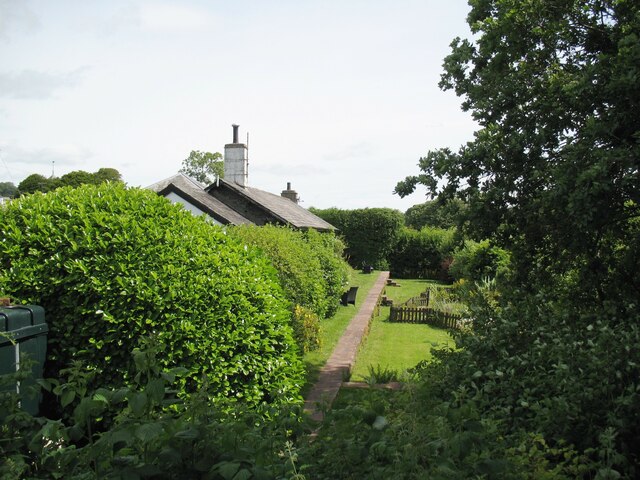
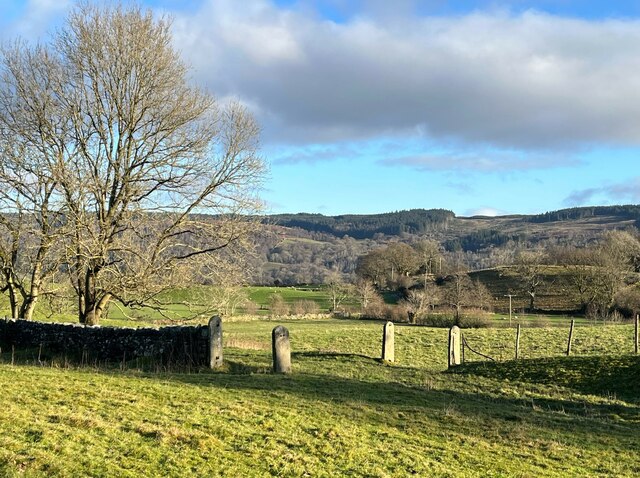


Bull Haw Moss is located at Grid Ref: SD2794 (Lat: 54.343526, Lng: -3.1227443)
Administrative County: Cumbria
District: South Lakeland
Police Authority: Cumbria
What 3 Words
///smarting.atoms.renting. Near Ambleside, Cumbria
Nearby Locations
Related Wikis
Torver railway station
Torver railway station served the village of Torver, in Lancashire, England (now in Cumbria). It was on the branch line to Coniston. == History == Authorised...
St Luke's Church, Torver
St Luke's Church is in the village of Torver, Cumbria, England. It is an active Anglican parish church in the deanery of Furness, the archdeaconry of...
Torver
Torver is a village and civil parish in the South Lakeland district of Cumbria, England, 3 miles (4.8 km) south west of the village of Coniston and 1 mile...
Brown Pike
Brown Pike is a fell located in the Lake District National Park in Cumbria, England. Brown Pike is near the village of Coniston, and is most commonly approached...
Nearby Amenities
Located within 500m of 54.343526,-3.1227443Have you been to Bull Haw Moss?
Leave your review of Bull Haw Moss below (or comments, questions and feedback).
